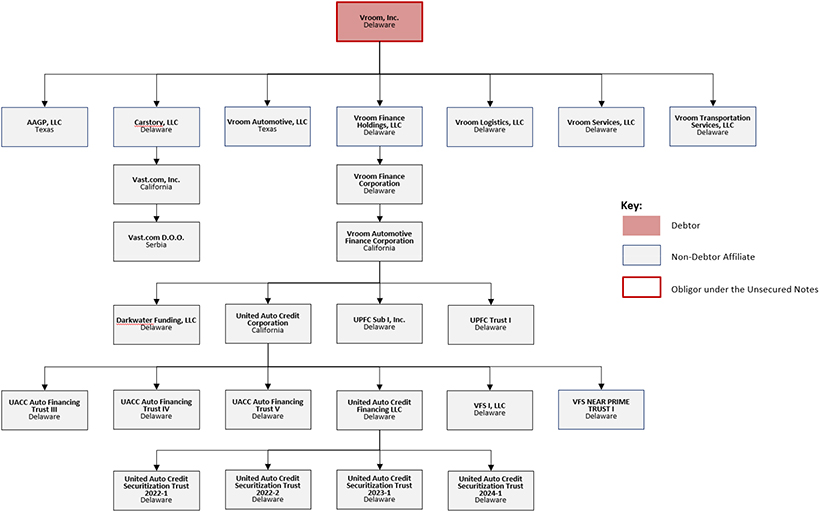Additional Defined Terms
“510(b) Claim” means any Claim subject to section 510(b) of the Bankruptcy Code. For the avoidance of doubt, 510(b) Claims include the Existing Securities Litigation Claims.
“Administrative Claim” means a Claim for costs and expenses of administration of the Chapter 11 Case that are Allowed under sections 503(b), 507(a)(2), 507(b), or 1114(e)(2) of the Bankruptcy Code, including, without limitation: (a) any actual and necessary costs and expenses incurred on or after the Petition Date and through the Plan Effective Date of preserving the estates and operating the businesses of the Debtor; (b) Professional Fee Claims and any other compensation for legal, financial, advisory, accounting, and other services and reimbursement of expenses Allowed by the Bankruptcy Court under sections 328, 330, 331 or 503(b) of the Bankruptcy Code to the extent incurred on or after the Petition Date and through the Plan Effective Date; and (c) all fees and charges assessed against the estates under section 1930, chapter 123, of title 28, United States Code.
“Affiliate” shall, with respect to an Entity, have the meaning set forth in section 101(2) of the Bankruptcy Code as if such Entity were a debtor in a case under the Bankruptcy Code.
“Allowed” means, as to a Claim or an Existing Equity Interest allowed under the Plan, under the Bankruptcy Code, or by a Final Order, as applicable. For the avoidance of doubt, (a) except with respect to any Claim arising from the rejection of unexpired leases by the Debtor, there is no requirement to file a proof of claim (or move the Bankruptcy Court for allowance) to be an allowed Claim under the Plan, and (b) the Debtor may affirmatively deem unimpaired Claims allowed to the same extent such Claims would be allowed under applicable non-bankruptcy law.
“Avoidance Actions” means any and all actual or potential Claims and Causes of Action to avoid or recover a transfer of property or an obligation incurred by the Debtor arising under chapter 5 of the Bankruptcy Code, including sections 502(d), 544, 545, 547, 548, 549, 550, 551, and 553(b) of the Bankruptcy Code and applicable non-bankruptcy law.
“Bankruptcy Code” means title 11 of the United States Code.
“Business Day” means any day, other than a Saturday, Sunday or “legal holiday” (as that term is defined in Bankruptcy Rule 9006(a)), on which commercial banks are open for commercial business with the public in New York City, New York.
“Causes of Action” means any action, claim, cross-claim, third-party claim, cause of action, controversy, dispute, proceeding demand, right, lien, indemnity, contribution, guaranty, suit, obligation, liability, loss, debt, fee or expense, damage, interest, judgment, cost, account, defense, remedy, offset, power, privilege, proceeding, license and franchise of any kind or character whatsoever, known, unknown, foreseen or unforeseen, existing or hereafter arising, contingent or non-contingent, matured or unmatured, suspected or unsuspected, liquidated or unliquidated, disputed or undisputed, secured or unsecured, assertable directly or derivatively (including any alter ego theories), choate, inchoate, reduced to judgment or otherwise whether arising before, on, or after the Petition Date, in contract or in tort, in law or in equity or pursuant to any other theory of law (including, without limitation, under any state or federal securities laws). Causes of Action also includes: (a) any right of setoff, counterclaim or recoupment and any claim for breach of contract or for breach of duties imposed by law or in equity; (b) the right to object to Claims or Equity Interests; (c) any claim pursuant to section 362 or chapter 5 of the Bankruptcy Code; (d) any claim or defense including fraud, mistake, duress and usury and any other defenses set forth in section 558 of the Bankruptcy Code; (e) any state law fraudulent transfer claim; and (f) any Avoidance Actions.
10
